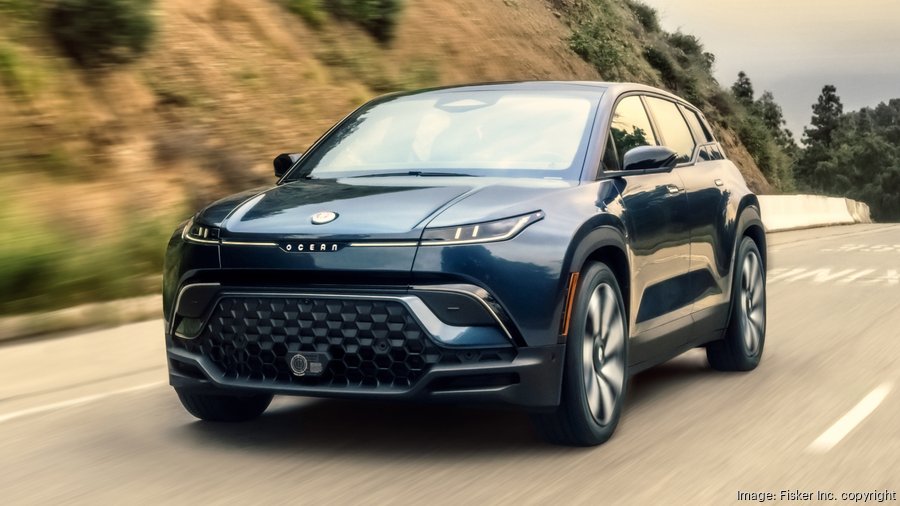This week, all-electric vehicle startup Fisker filed for bankruptcy protection. The company cited various factors as the reason for its financial troubles, such as the lack of consumer demand and its cash burn.
It had been widely expected that the company would seek bankruptcy protection.

Its charismatic founder and CEO, Henrik Fisker, had also taken a break from social media.
The bankruptcy filing by Fisker is the latest in a series of electric vehicle (EV) companies that have failed.
Other companies that were backed by SPACs, such as Lordstown Motors and Proterra, have also sought bankruptcy protection.
Some of these companies, such as Faraday Future and Nikola, are still operating but are trading at around a dollar per share due to their operational issues and other industry headwinds.
It’s a déj vu situation for Fisker, as the company failed to secure a major automaker’s investment to stay in business.
The bankruptcy filing by the company comes after it failed to secure a sufficient capital injection.
In 2014, Fisker had announced that it would go public through a Reverse Merger with a SPAC backed by Apollo.
At that time, the company was valued at around $2.9 billion.
The deal with Apollo, which was valued at over $1 billion, provided Fisker with a cash infusion.
At that period, the company was riding on the low interest rates and the bullish sentiment on Wall Street regarding the potential of the electric vehicle industry.
Sam Abuelsamid of Guidehouse Insights noted that Tesla was an anomaly compared to other companies in the industry.
Despite the positive outlook on the electric vehicle industry, the consumer adoption of EVs has been slower than expected.
The company also experienced various operational issues during its first product launch, which was the Ocean EV.

